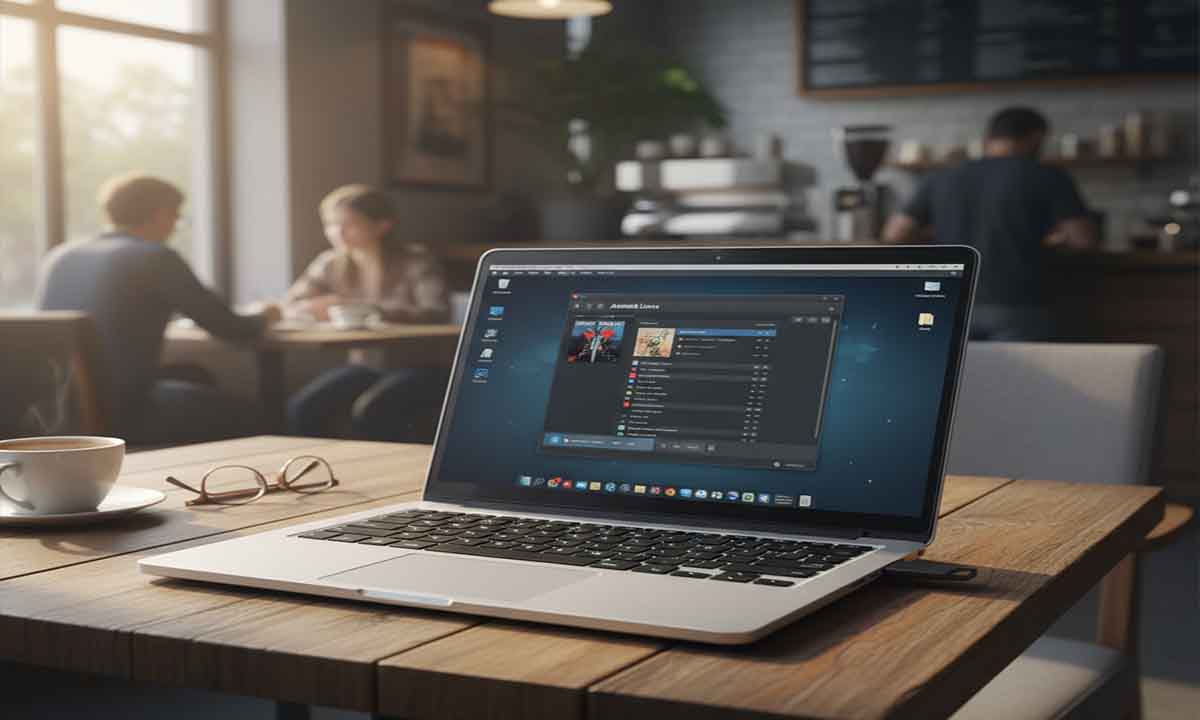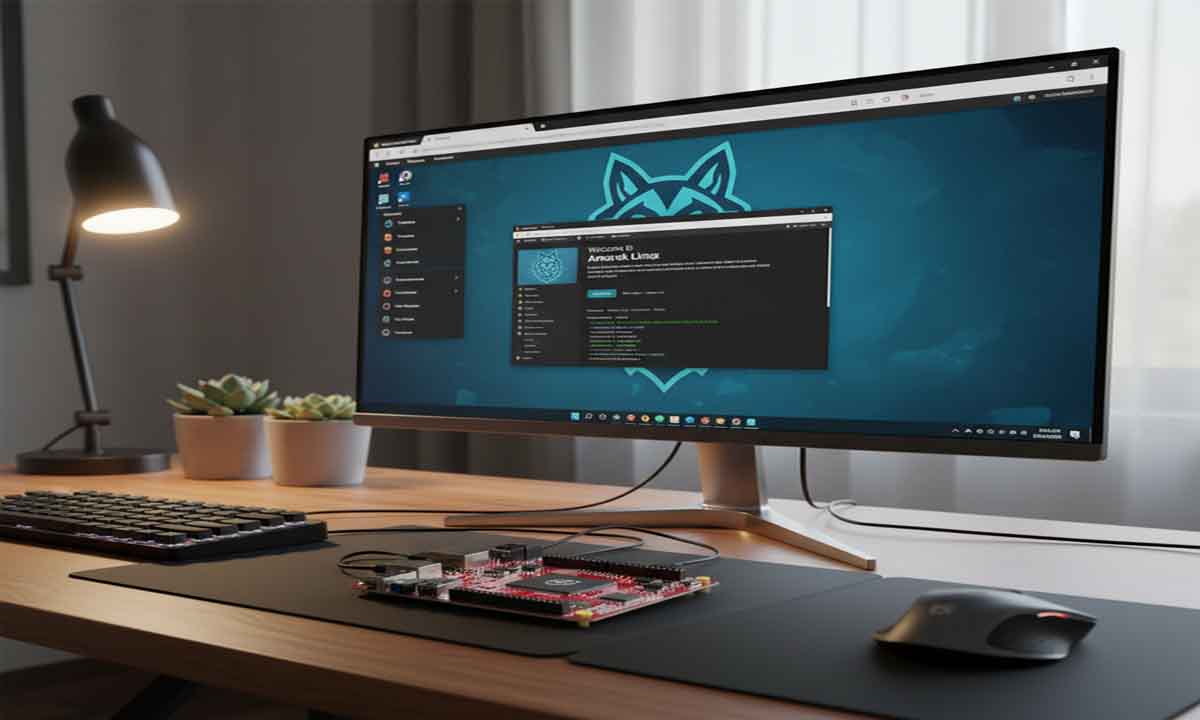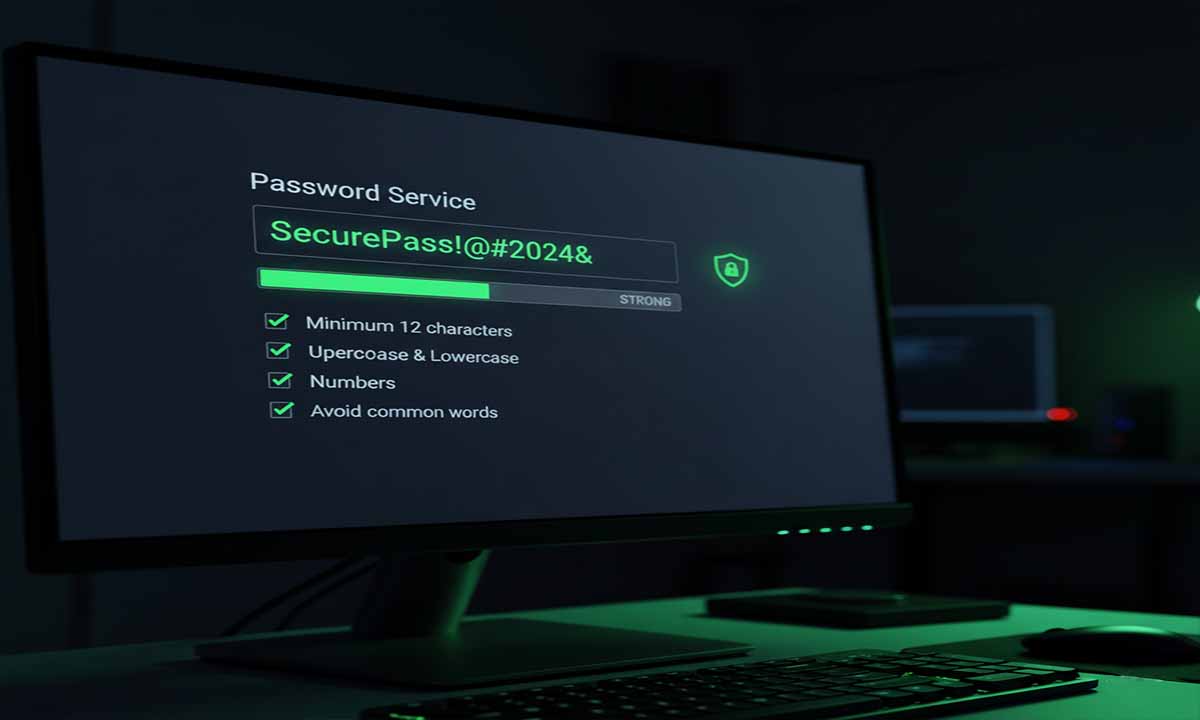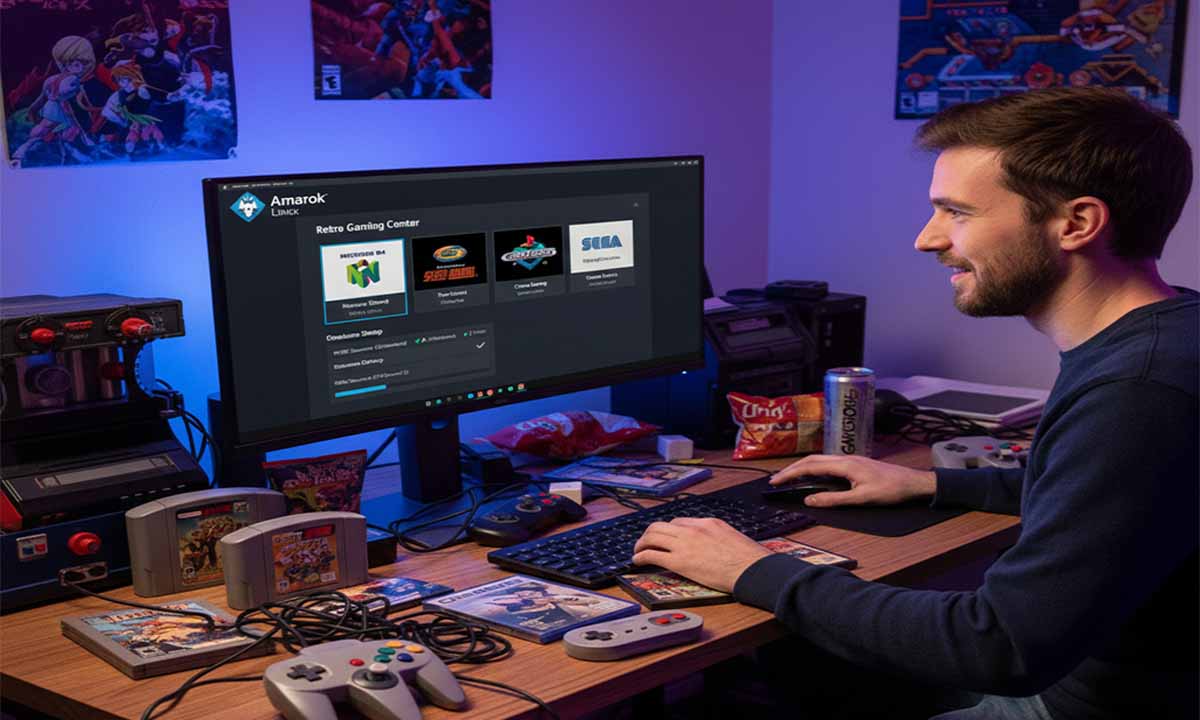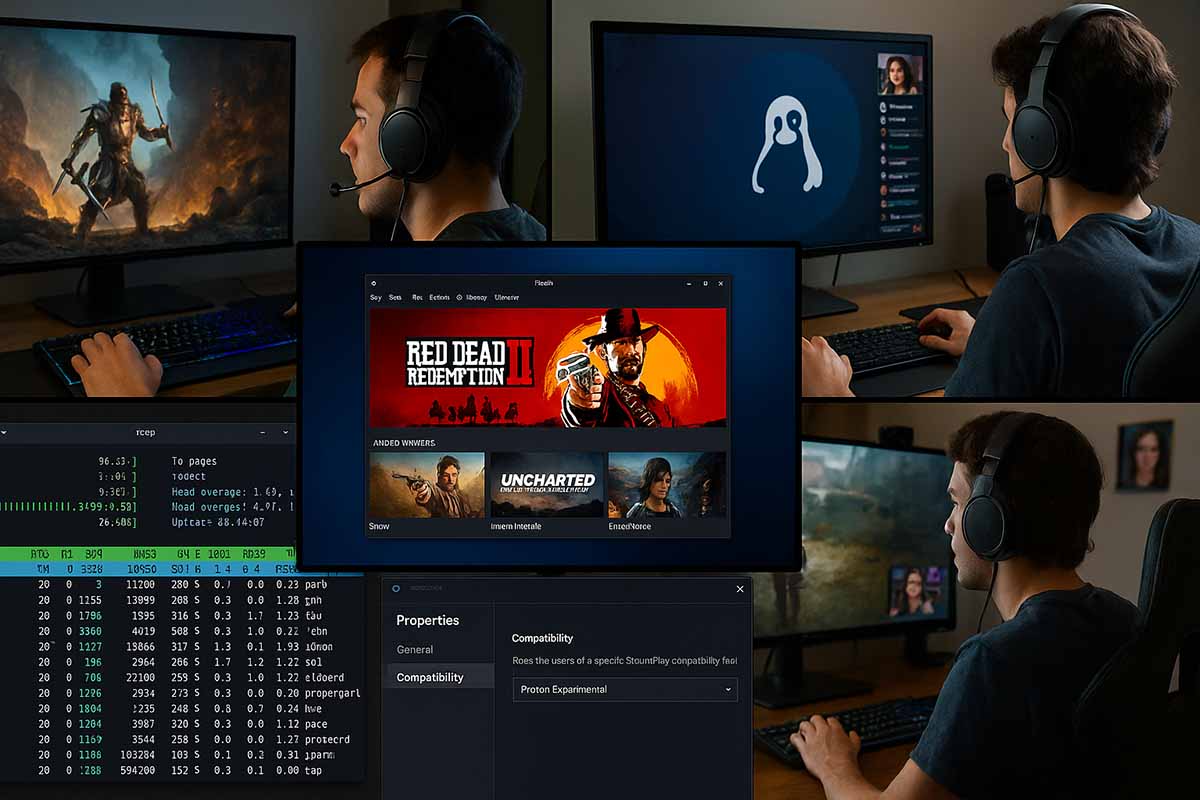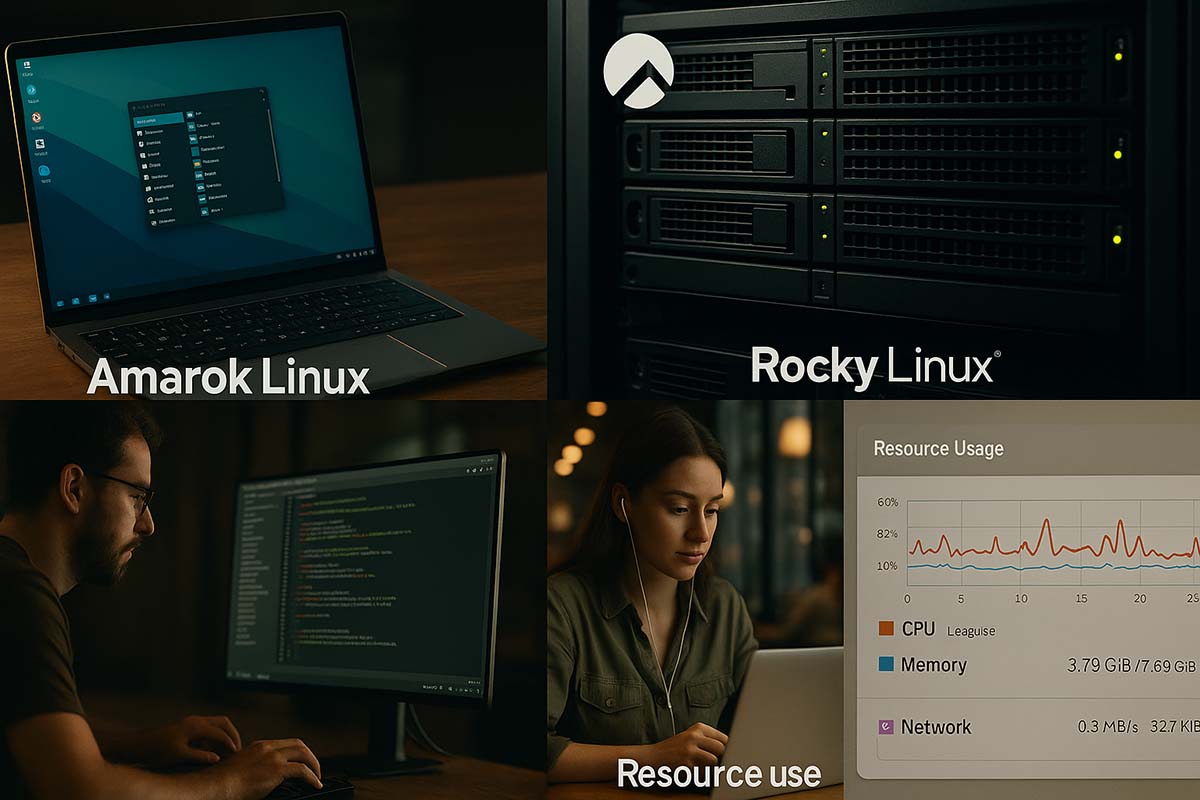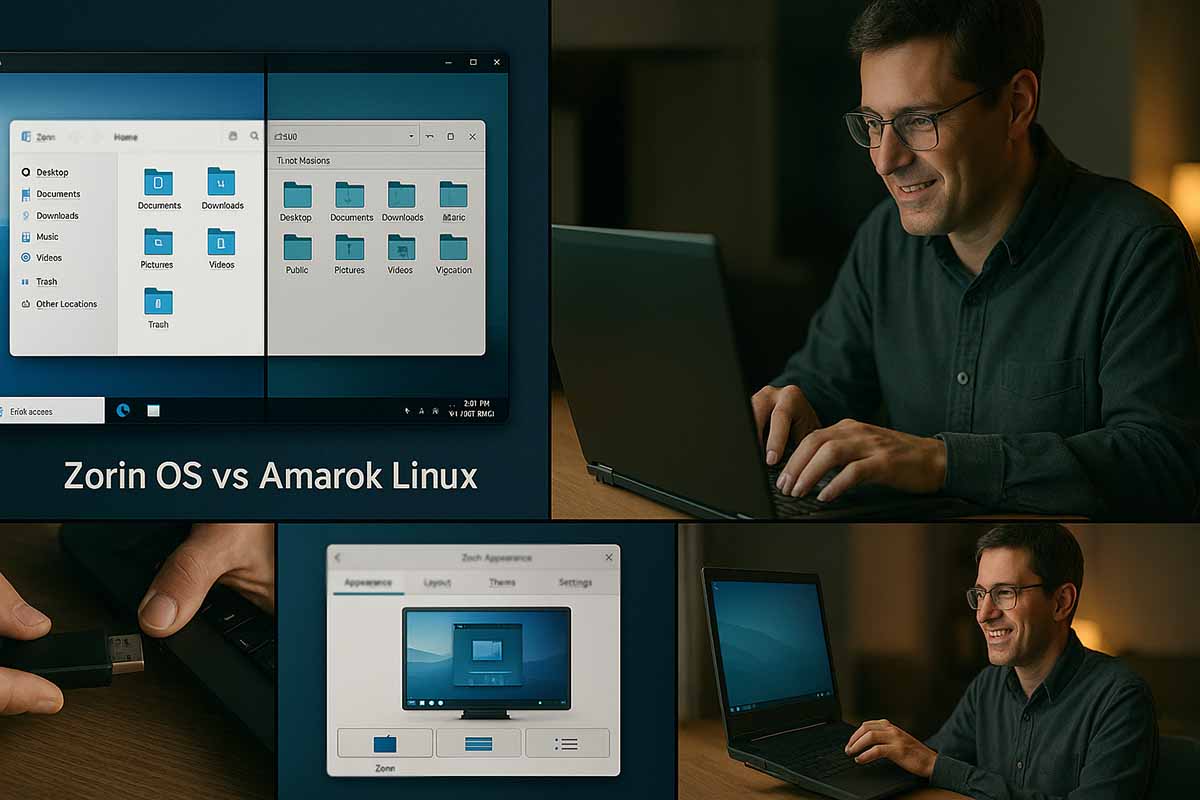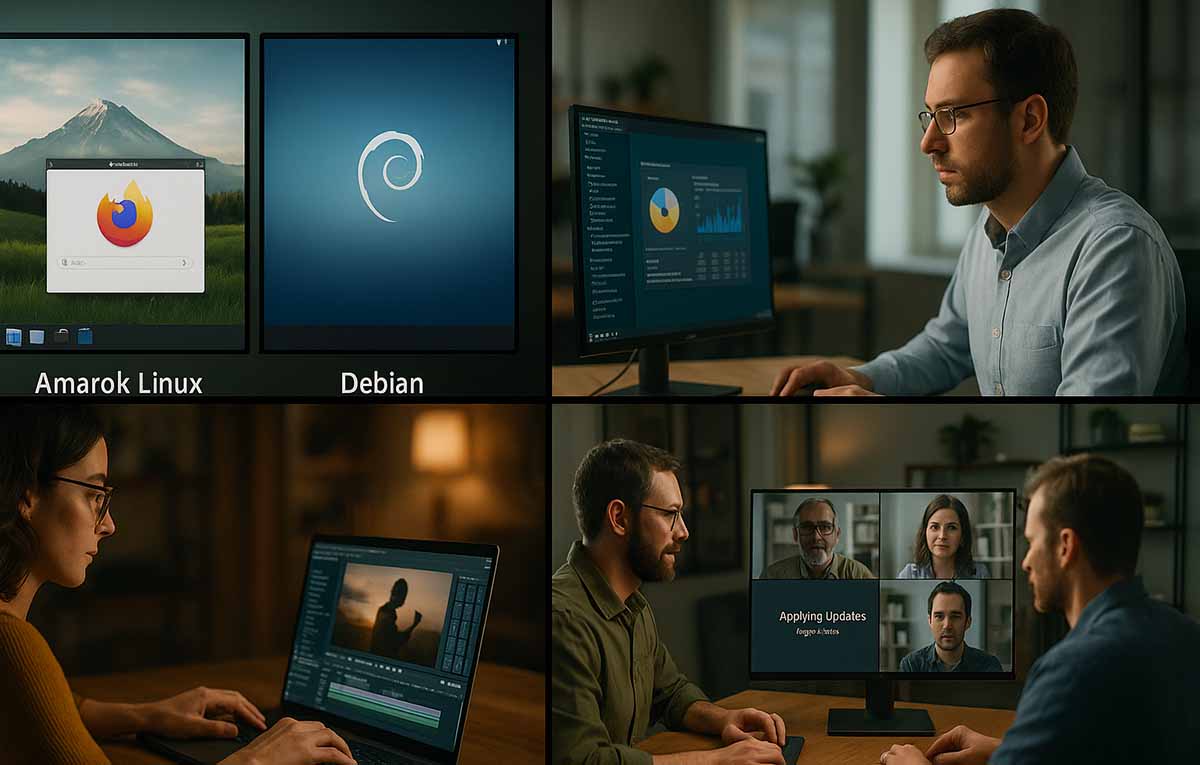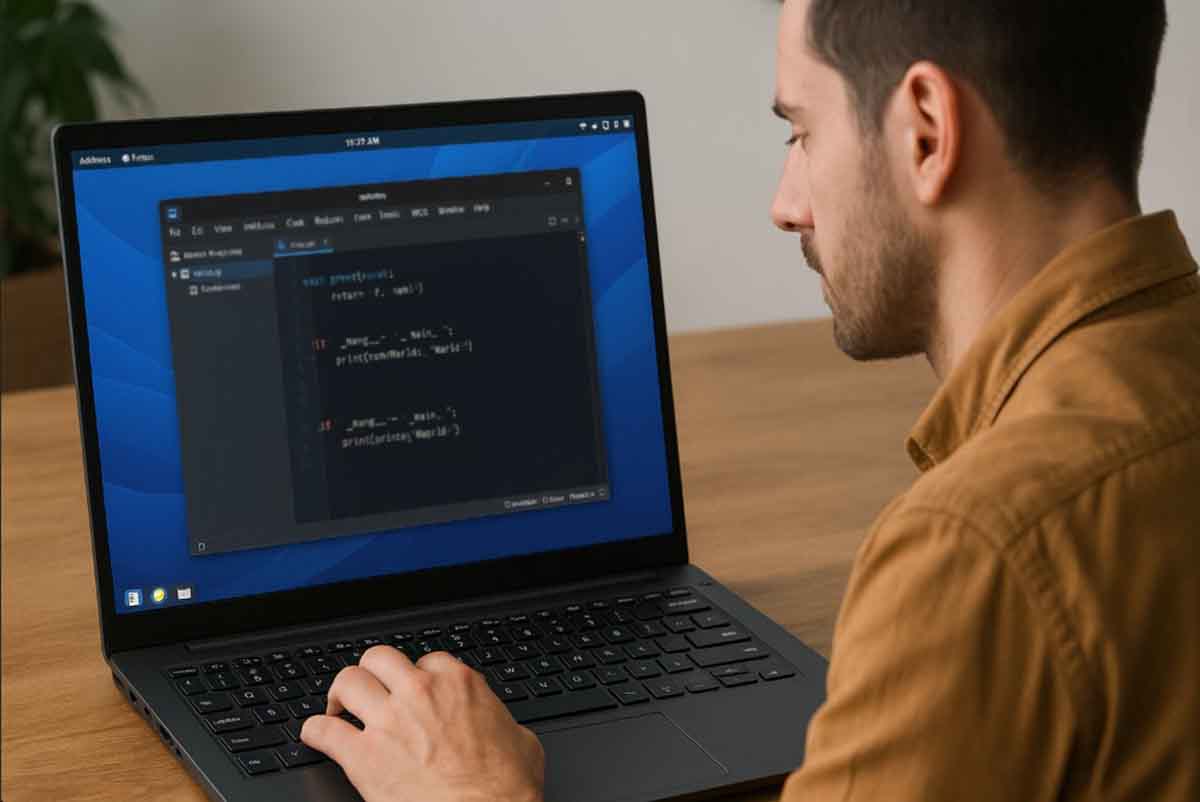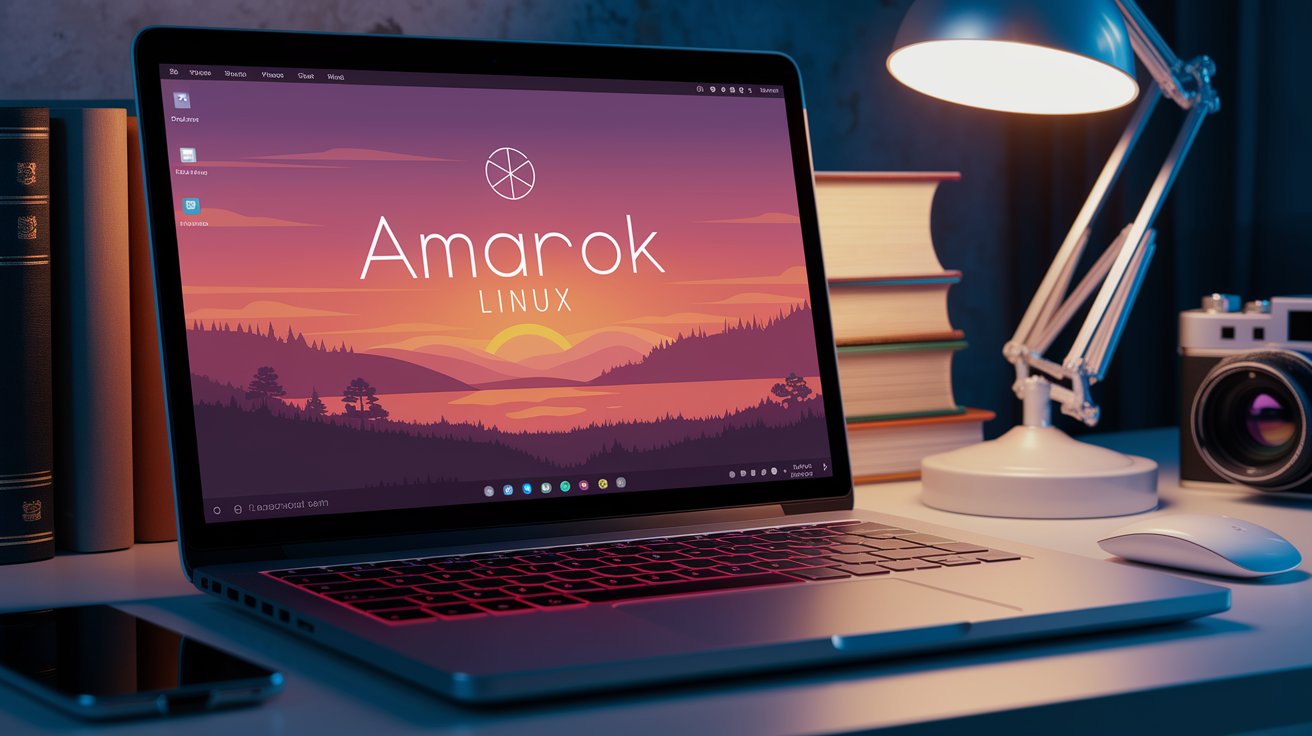Using Amarok Linux as a Portable OS
Portable Computing Freedom with Amarok Linux Navigating the modern world often means relying on technology in diverse settings, traveling, collaborating in shared spaces, or simply moving between different workstations. In such scenarios, having immediate access to a familiar, personalized system can dramatically boost productivity and comfort. A highly practical solution gaining traction is the portable operating system, designed to reside on a USB drive. This ingenious approach lets you carry your entire digital environment, personal settings, essential applications, and all your files securely in your pocket, without leaving any trace on the host computer…
Read more